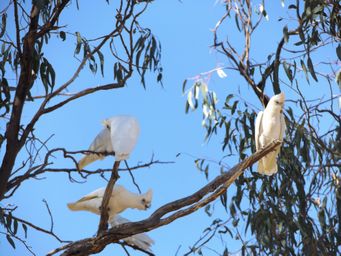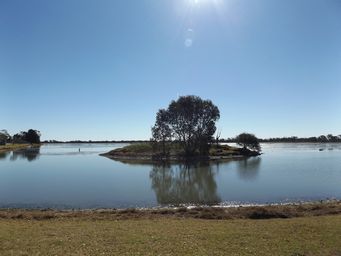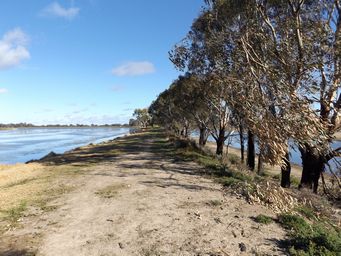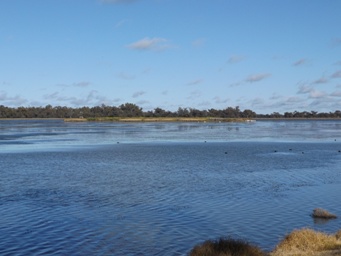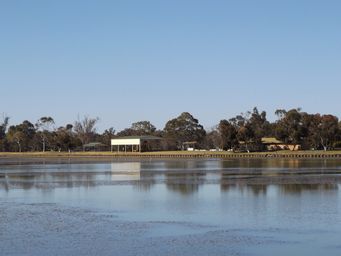Australia So Much to See
New South Wales - To Parkes and Condobolin
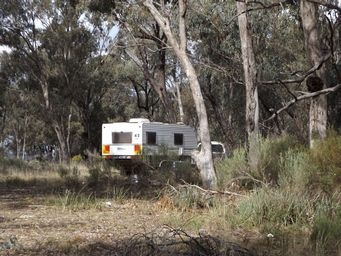
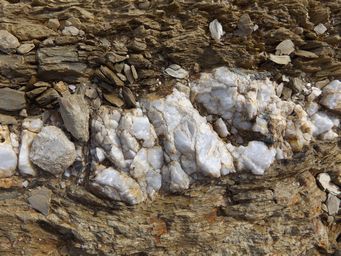
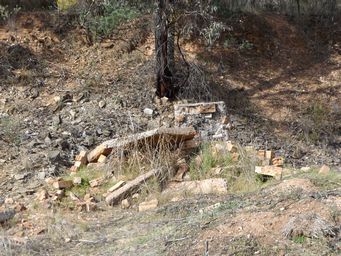
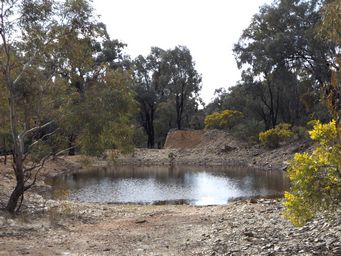
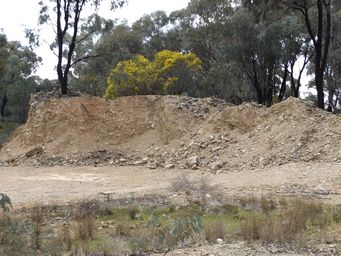
Gum Bend Lake has a popular campground. The campground is in a flat and shady area adjacent to the lake which holds seasonal water, pumped from Gum Bend on the Lachlan River, to provide for recreation and wildlife.
Caravans above left from
the amenities block, which is seen above right from across the lake. Amenities block to right and the silver roof to the left
is the covered playgrounds. Tops of caravans beyond the bank can be seen between the two buildings.
Flushing toilets and hot
showers all for a donation. Fourteen day camping limit. An ideal base for touring the area.
Utes in the Paddock were relocated from Ootha in 2018, subsequent to our visit at which time they were in the process of being transferred. They are now located at the intersection of The Gipps Way and Lachlan Valley Way a kilometre south of the Lachlan River Bridge in the southern side of town.
Currently there are fifteen old utes, all painted and positioned as interesting sculptures. Iconic model Holden utes are part of an ambitious artist's tribute to life in the outback.
Utes
in the Paddock was the brainchild of Graham Pickles whose passion for the outback led him to purchase the historic cattle station,
Burrawang West near Ootha in 2000.
Parkes is the home of the CSIRO Parkes Radio Telescope. This facility is 20 kilometres north of the town, and we visited the
Parkes Visitor Centre at the site and watched what is now colloquially known as “The Dish” going through all its angles on our previous
visit (photo above right).
In July 1969, the radio telescope at the CSIRO Parkes Observatory claimed a place in history,
receiving television signals of the Apollo 11 Moon landing, helping televise Neil Armstrong’s first steps on the Moon to six hundred
million people around the world.
Since 1994, an annual Elvis festival has been held in Parkes each January, with numerous Elvis lookalikes
and performances, for which there are prizes for best of in many areas.
This old quarry site made a pleasant stop overnight. It was getting late after not being able to find out about Eugowra showground,
so when heading towards Parkes, we pulled over as soon as we could.
A walk around in the morning revealed more (below) including
remnants of some sort of brick construction (lower left), as a quartz seam in a rock face (lower right).
Gum Bend Lake is four kilometres west of Condobolin. This is a man-made lake and when full is 1.75 metres deep. Opened on 22
Oct 1988, Gum Bend Lake was a project to commemorate Australia’s Bicentenary and was jointly funded by the New South Wales Bicentennial
Council, the people of Condobolin and the Lachlan Shire Council.
The Gum Bend Lake extension was opened on 20 May 1990, to commemorate
the centenary of Local Government in Condobolin. Gum Bend Lake is ideal for water skiing and bird watching. The nearby
Lachlan River is also popular for fishing and bird watching.
Mount Tilga seen from Gum Bend Lake.
Mount Tilga is eight kilometres north of Condobolin on the Melrose Road, and was known in the
1800s as the geographical centre of New South Wales. Climb to the summit for panoramic 360 degree views of the Lachlan Valley.
Condobolin is the largest centre in the Heart of NSW and is home to approx. 3,500 people. The town lies on the bank of the Lachlan
River; the fourth longest river in Australia.
The name Condobolin is suggested by some to have evolved from the Aboriginal
word Cundabullen meaning shallow crossing. The crossing was located a short distance below the junction of the Lachlan River and the
Goobang Creek. Others suggest that the town's name came from the Wiradjuri word for 'hop bush', or 'hop brush'.
Squatters
soon arrived and by 1844 the ‘Condobolin’ run had been established, and the town of Condobolin was proclaimed in 1859. For twenty
years it was essentially a stopover and river-crossing for drovers moving stock from the north and west of New South Wales to Victoria,
hence there were a few permanent residents in what remained a pastoral area characterised by large holdings. Since the early settlers
the Condobolin district has become a prime cropping and sheep and beef producing area.
The railway arrived in 1898 on the Broken
Hill railway line. With the coming of the railway, the town's population boomed. A major copper and gold mine was in operation
north of Condobolin from 1898 until around 1910. Agriculture is still a major influence on the town, production having expanded
with the damming of the Lachlan River in 1935 at Wyangala Dam.
As we had visited Parkes before, this time it was just a refuelling stop, while on this occasion driving through the town from east
to west.
Parkes was founded in 1853 as the settlement Currajong, named for the abundance of kurrajong trees in the local
area by the settlers, but was then known as Bushman's (from a local gold mine named Bushman's Lead).
In August 1873, Henry Parkes
(later Sir Henry) visited the area and in December 1873 the town was officially renamed Parkes in his honour. Sir Henry Parkes
is recognised as having played an instrumental role in Australia becoming a unified and federated country.
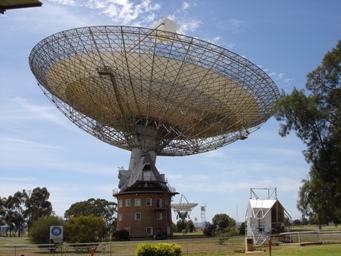
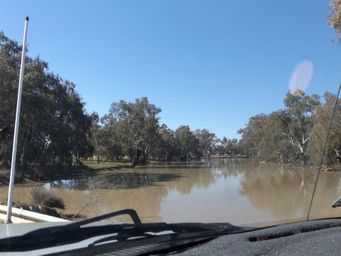
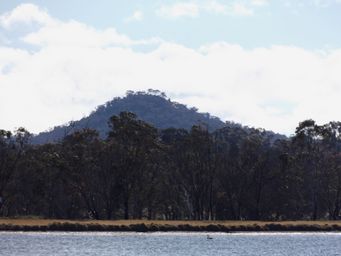
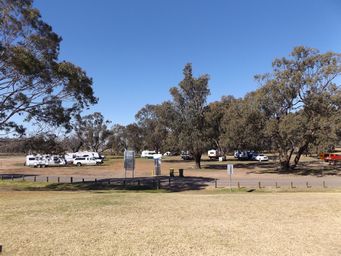
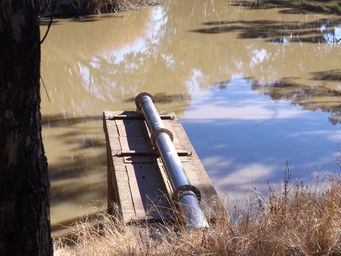
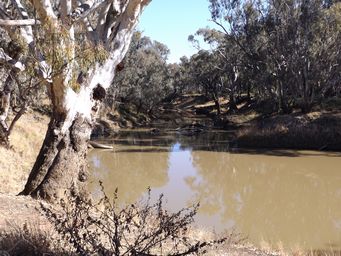
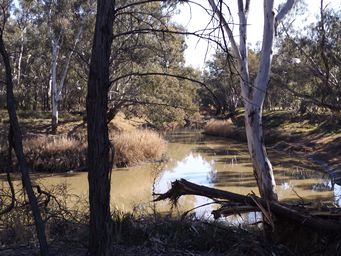
Resources
Signage on site
